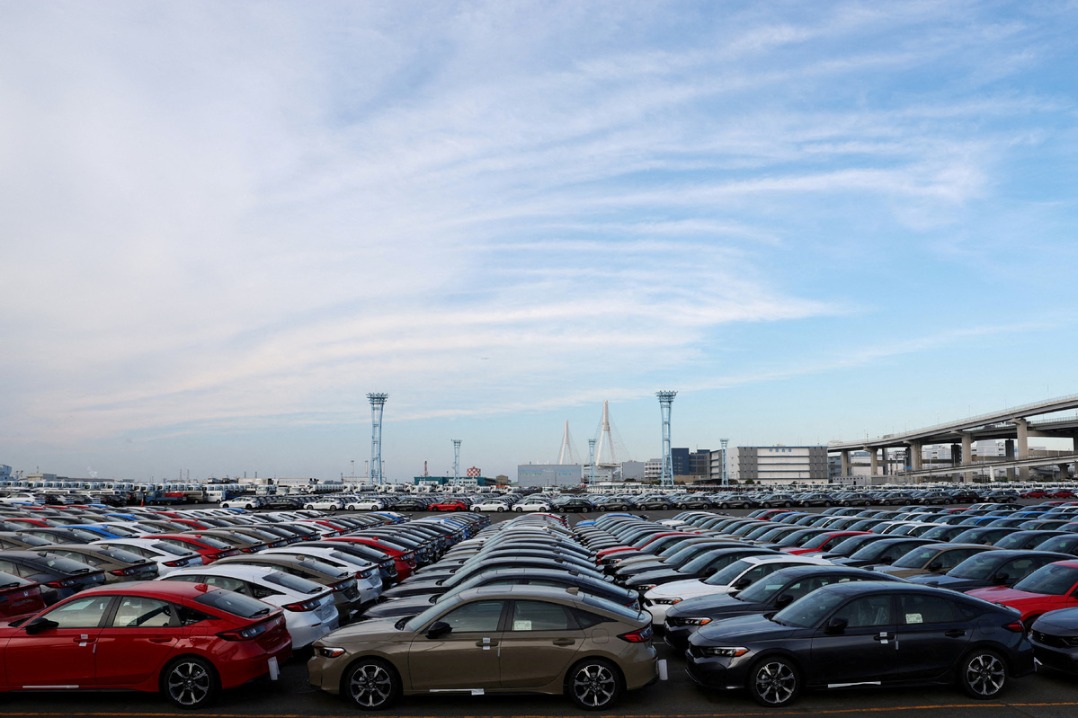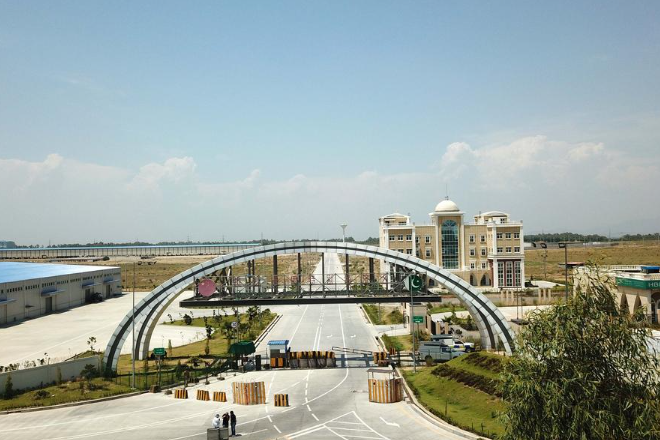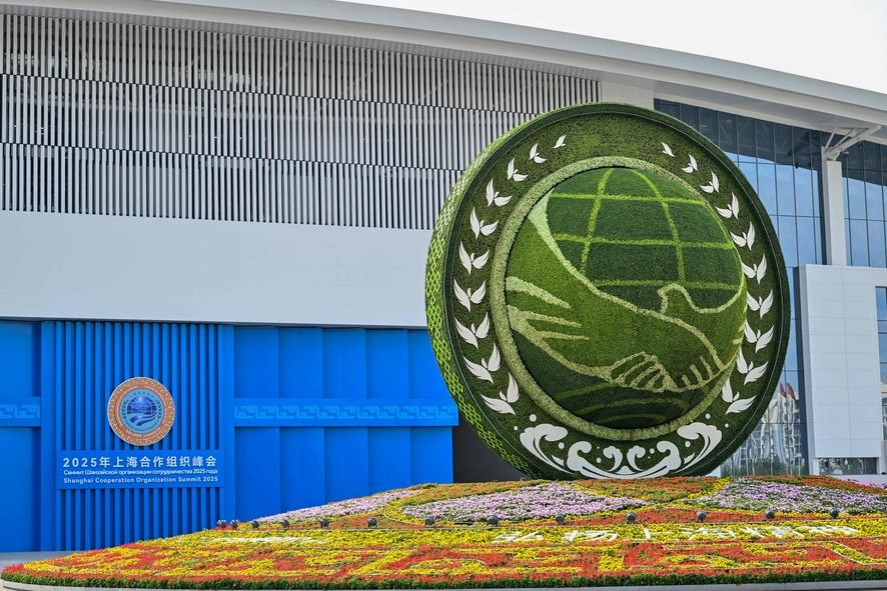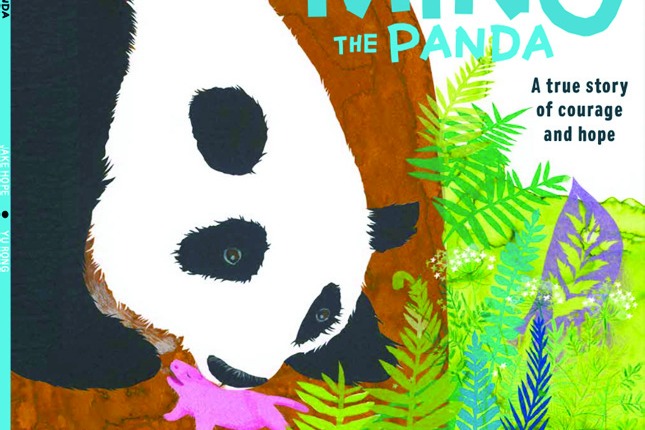UAE: Nurturing harmony in diversity

On one side, golden deserts stretch to the horizon; on the other, the Persian Gulf shimmers under the sun. Wander through Dubai's landscape, and the spire of Burj Khalifa — the world's tallest building — pierces the sky. This is the United Arab Emirates — a land where the ancient desert gene merges with the open spirit of the sea, forging something unique.
As an observer who has lived here for seven months, I have gradually perceived how this "crossroads of the world" weaves a distinctive modern symphony through cultural fusion.
My first sense of awe came at the Louvre Abu Dhabi. Its dome, floating above an artificial lagoon, casts a shower of light — a metaphor, it seems, for the nation's journey, where civilizations intersect, blend and evolve.
Sixty-five percent of this land is desert, once home to Arab nomads who trekked with camels. Then there were pearls, a gift from the sea, making this region a global pearl trading hub in the 19th century.
Diving for pearls nurtured a spirit of maritime exploration. After independence in 1971, oil transformed the UAE overnight, raising skyscrapers from the sand. But true prosperity stemmed from a shrewd understanding of its location: At the crossroads of three continents, with 2.4 billion people within a four-hour flight and 5 billion within 8 hours. It is, in essence, a natural global junction.
When Disney announced plans for its seventh global theme park, it chose Abu Dhabi for its first Middle Eastern outpost, a testament to the UAE's appeal as a regional magnet.
The country's business allure is equally strong. Ranked 16th in the World Bank's Doing Business 2020 index, the UAE hosts 46 free trade zones with special tax and customs policies. This duality of desert grit and maritime openness infuses the nation: It preserves nomadic resilience while embracing the world with open arms.
Here, where 88.5 percent of the population is foreign-born, harmonious coexistence thrives, creating a miracle of cultural diversity.
The Arab soul is embodied by around 1 million Emiratis, who anchor the nation and guide its core affairs. Clad in traditional white and black robes, they carry traditions amid the pulse of modernity, forming the cultural and political bedrock.
The South Asian pillar, comprising more than 4 million Indians and Pakistanis, stands as the largest ethnic group, making up about 40 percent of the population. They build skyscrapers, drive taxis, practice medicine, engineer solutions and lead businesses. Their contributions are interwoven into every layer of society, shaping the country's physical skeleton and vibrant spirit.
Adding a dynamic new thread to this tapestry, nearly 300,000 Chinese residents are writing fresh narratives of connection. In Dragon Mart, gadgets from Yiwu of Zhejiang province sit beside goji berries from Ningxia Hui autonomous region; young entrepreneurs adapt Chinese livestream commerce to local tastes, bridging markets and cultures.
This harmony doesn't come automatically. During Ramadan, non-Muslims are required to avoid public eating; traditional dress codes contrast sharply with Western tourists' swimwear. But laws serve as a mediator: Sharjah bans alcohol entirely, with imprisonment for violations, while Dubai allows it for non-Muslims over 21 in designated areas. Rigorous rules — speeding fines can reach nearly $5,500 — keep diverse cultures on track, each thriving in its own space.
In ancient times, the Silk Road linked China and the Middle East, with camels and ships carrying silk, porcelain, art and ideas. Today, through the Belt and Road Initiative, Sino-Arab friendship flourishes, with deepening investments capturing global attention.
More than 6,000 Chinese companies operate here. Huawei contributes to smart city projects while Chery, BYD and Great Wall cars fill streets. This isn't ideological but a pragmatic choice. As one local put it, "Chinese vehicles represent the future."
Yet, cultural gaps remain. When I ask people about China, most can say nihao, know of Beijing, Shanghai, the Great Wall and kung fu, but few have visited.
A professor told me that his Emirati students' perceptions of China were "overwhelmingly positive, though not deep".
"A student made a point," he recalled. "We see how Western media talks about us, and it's so far removed from how we see ourselves. So when we see them talk negatively about China, we think they're doing the same thing to them."
Change, however, is brewing. Some 171 UAE schools teach Mandarin, with 71,000 students. Confucius Institutes and Chinese schools foster understanding. Some influencers' recent trips to China sparked curiosity as they shared adventures on social media, noting, "Now you just need a passport to go to China."
The Chinese often say, "Even if friends are far apart, they feel as close as neighbors." Arabs also have a proverb, "Even if knowledge is far away in China, one should still seek it."
Despite being thousands of kilometers apart, China and the UAE, both standing as representatives of antiquity and modernity, openness and inclusiveness, are bound to walk far together, driven by their shared pursuit of a better future.
The author is chief correspondent at China Daily Dubai Bureau.

































